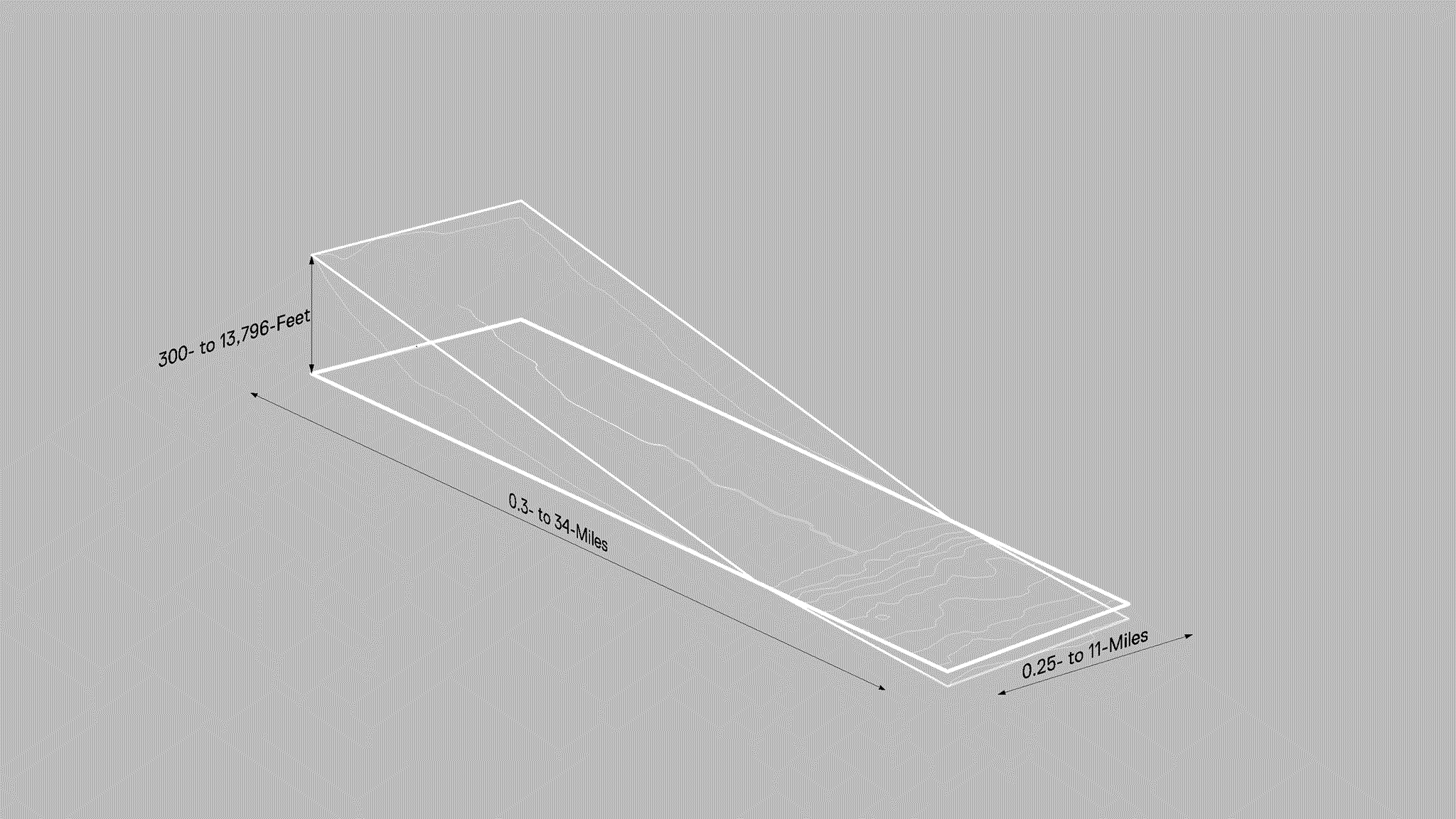Hawai‘i-Futures Earth Model:
Moku System Framework for Ahupua‘a Recovery
Connelly, Sean. (2010) HAWAI‘I-FUTURES Interventions for Island Urbanism.
New Media, After Oceanic. www.hawaii-futures.com.
New Media, After Oceanic. www.hawaii-futures.com.
CONTENTS
I. Introduction
II. Logic and Organization
III. Recovery Parameters
IV. Parameter Outcomes
V. Conclusion
Knowledge of our past culture is a precious source of inspiration for living out the present. Albert Wendt, in Towards a New Oceania
O kau aku, o ka ia la mai, pelā ka nohona o ka ‘ohana “From you and from him--so lived the family.” The farmer gave to the fisherman, the fisherman to the farmer.
‘Ōlelo No‘eau, No. 2441
I.
Introduction
The Moku Systems Framework for Ahupua‘a Recovery is an open-source conceptual model that envisions an ocean-earth-island-cosmos systems recovery program to transform the degradation of Hawai‘i’s contemporary built environment into wellbeing and sustenance using Native concepts. The American-style zoning currently implemented in Hawai‘i fails to foster a healthy biocultural relationship between people and environment, and instead perpetuates the agromilitourization of the Hawaiian Islands by the United States. proposes replacing American zoning paradigms imposed since 1898 with indigenous knowledge, and prioritizes the unique realities of Hawai‘i in service of wellbeing and culture.

Image: Planetary fractals of ‘āina: ‘ili/ahupua‘a/moku, oceanic, atmosphere, Earth, orbit, moon. ‘Āina can be seen as a fractal, or a pattern that repeats itself at different scales.
Source
The Hawaiian word 'moku', as a verb, means to cut and divide, while as a noun, denotes both an island and a district that organizes the island into tangible land divisions called ahupua‘a. While there are always variations to the rule that correspond with profoundly ecological, political, or phenomenological circumstances, ahupua'a are generally encompassing spaces between the mountains and the sea, including the sky and reef. Moku and ahupua‘a are examples of indigenous built environments that foregrounds a culture of ceremondy and care to safeguard resources like land, water, food, materials, family, and daily life.Hawai‘i-Futures presents an applied theory of ahupua‘a that centers the concept of “ahupua‘a recovery,” a term coined for Hawai‘i-Futures to encapsulate the “process and ecology of reclaiming lost, stolen, erased, corrupted, or destroyed land, water, and other island resources.” This strategic approach to reclaim Āina (that which feeds) emphasizes climate resilience, demilitarization, and social justice as viable strategies to transform the built environment into a source wellbeing. Despite ongoing debates on the contemporary relevance of moku and ahupua‘a concepts, Hawai‘i-Futures asserts their value. Seen through the lens of design thinking and information science, ahupua‘a can be understood as data visualization and navigation tools. Furthermore, the ahupua‘a’s continuing significance is largely due to Hawaiian female scholars’ efforts, framing it as a feminist construct, the survivance of which has become a beacon for revolution, civil and human rights, justice, sustainability, familiy, joy, and love.
